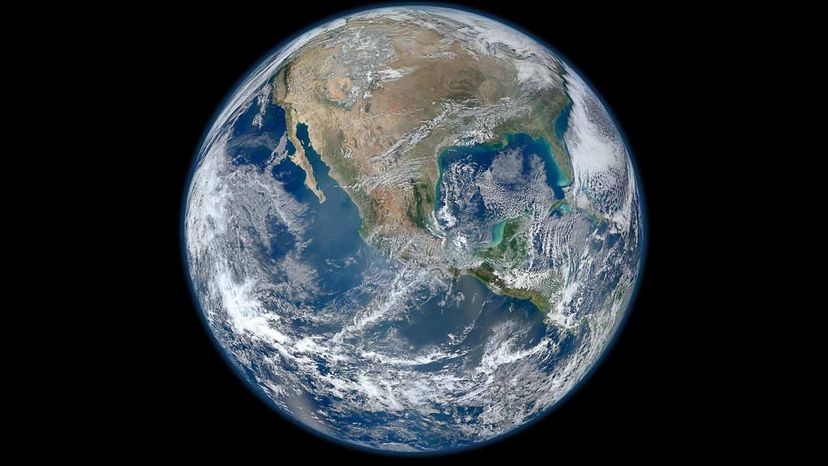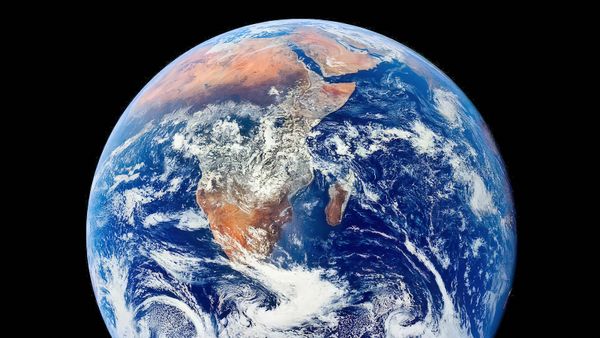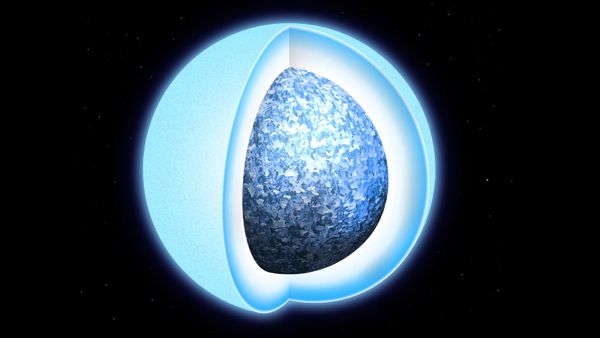Now, as we think about the future of Earth, we know there are two essential factors that humans need to live here.
First, the sun provides most of the energy that living things on Earth need to survive. Plants use sunlight to grow and to produce oxygen. Animals — including humans — rely directly or indirectly on plants for food and oxygen.
The other thing that makes Earth habitable for life is that our planet's surface keeps moving and shifting. This ever-changing surface environment produces weather patterns and chemical changes in the oceans and on the continents that have enabled life to evolve on Earth.
The movement of the giant pieces of Earth's outer layer, which are called tectonic plates, is driven by heat in the interior of Earth. This heat source will keep Earth's interior hot for billions of years.
So, what will change? Scientists estimate that the sun will keep shining for another 5 billion years. But it will gradually get brighter and brighter, and warm Earth more and more.
This warming is so slow that we wouldn't notice it. In about 1 billion years, our planet will be too hot to maintain oceans on its surface to support life. Given that the average human life span is about 73 years that's about 13 million human lifetimes.
Long after that — about 5 billion years from now — our sun will expand into an even bigger star that astronomers call a "red giant," which eventually will engulf Earth. Just as our planet existed for more than 4 billion years before humans appeared, it will last for another 4 billion to 5 billion years, long after it becomes uninhabitable for humans.
Shichun Huang is an associate professor of Earth and planetary sciences at the University of Tennessee.
This article is republished from The Conversation under a Creative Commons license. You can find the original article here.


